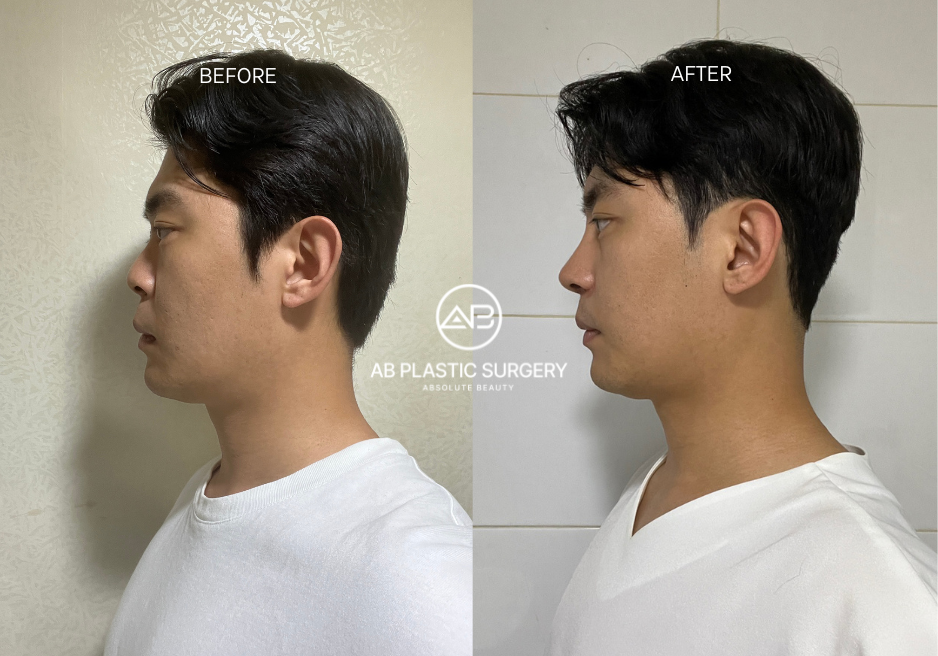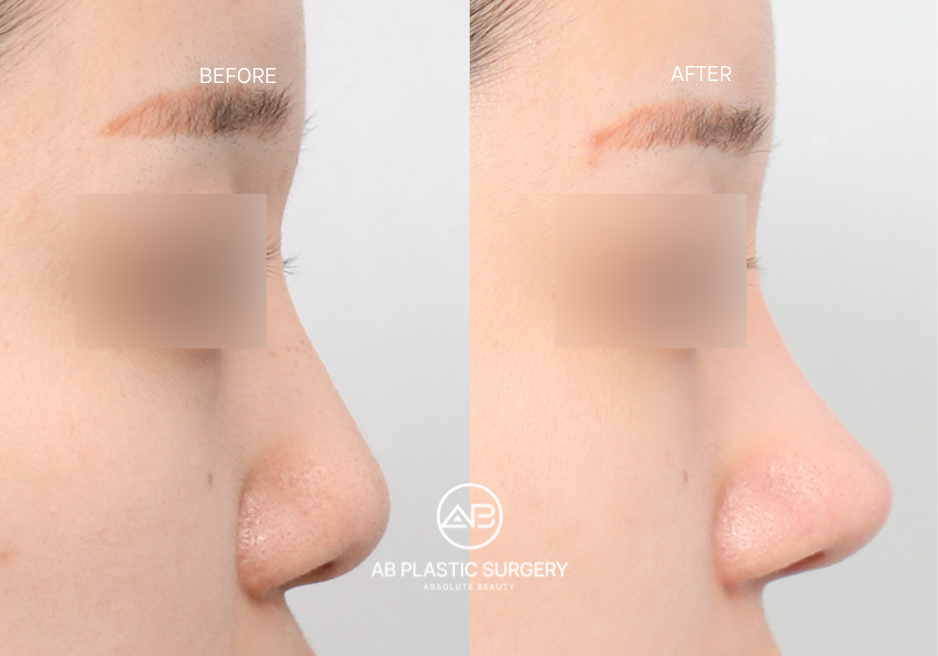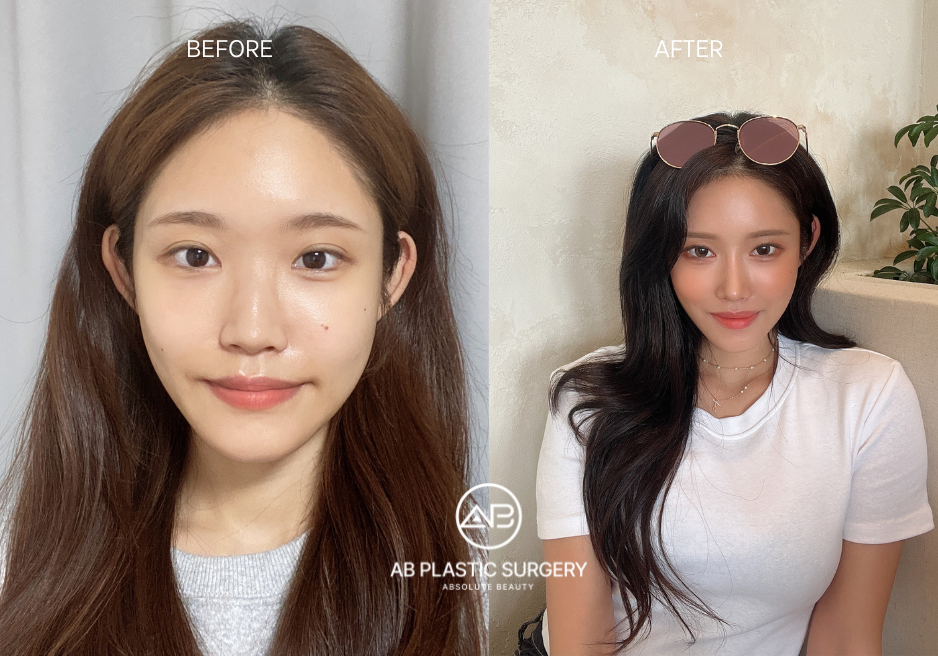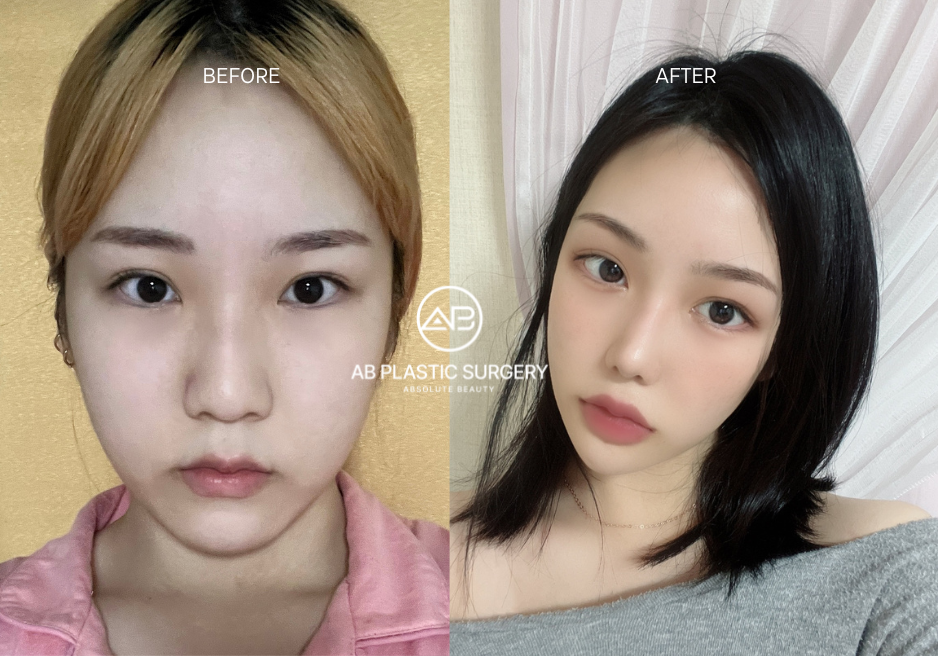Flat Nose Concerns? Discover the Best Ways to Improve Its Shape
Table of Contents
1. What Makes a Nose Flat?
2. Is It Okay to Have a Flat Nose?
3. Can a Flat Nose Be Straightened?
4. Can Your Flat Nose Change Shape Naturally?
5. How to Make a Flat Nose Look Better?
6. Why Do People Have Flat Noses?
7. What Are the Benefits of Having a Flat Nose?
When it comes to enhancing facial features, the nose often takes center stage. A "flat nose," characterized by a low nasal bridge and broader nostrils, is a common concern among many people. If you have a flat nose, you may wonder if it’s possible to straighten or refine its shape. The good news is that there are multiple ways—both surgical and non-surgical—to improve its appearance. In this post, we will explore these options, answer common questions, and help you make an informed decision about which approach might be best for you.
What Makes a Nose Flat?
Before diving into solutions, let’s understand why some noses are flat. A flat nose is often the result of genetic factors. Certain ethnicities, such as Asian and African populations, are more likely to have a flatter nasal bridge. Additionally, a flat nose can develop due to trauma, aging, or medical conditions like a cleft lip. The nasal bridge, made up of bone and cartilage, may naturally be lower or less pronounced, giving the nose a flatter appearance.

Is It Okay to Have a Flat Nose?
Absolutely! A flat nose is a natural and common feature that is perfectly normal. There is no medical reason why a flat nose would be a problem, and many people embrace their natural appearance. In fact, some people prefer the unique look of a flat nose, which can provide certain aesthetic benefits, such as creating a softer and more balanced facial profile.
Can a Flat Nose Be Straightened?
Yes, a flat nose can be straightened or reshaped depending on the desired outcome. There are both surgical and non-surgical methods to achieve this, each with its own benefits and limitations.
Surgical Options for Fixing a Flat Nose
If you’re seeking a more permanent solution, surgical options may be the way to go. Here are some of the most common surgical methods:
Rhinoplasty (Nose Surgery)
Rhinoplasty, often referred to as a "nose job," is the most common surgical option for correcting a flat nose. Flat nose rhinoplasty involves reshaping the nose to create a more defined nasal bridge or narrow the nostrils.
-
Procedure: The surgeon makes small incisions inside the nostrils (closed rhinoplasty) or across the columella (open rhinoplasty) to access the bone and cartilage. Cartilage grafts, often taken from your own ear, rib, or septum, are used to build up the nasal bridge. Alternatively, synthetic implants like silicone may be employed to achieve the desired shape. There is also a way to undergo rhinoplasty without using implants.
-
Recovery: Post-surgery, you may experience swelling and bruising for about 1 to 2 weeks. Full recovery can take up to a year, but most of the visible swelling subsides within a few months.
-
Results: Rhinoplasty offers a long-lasting solution with highly customizable results. The changes to your nose shape are usually permanent. You can check the before and after photos of our rhinoplasty patients for a better understanding.

Septoplasty
If a flat nose is due to a deviated septum (the wall dividing the nasal passages), a septoplasty may be recommended. This procedure focuses on straightening the septum, which can also indirectly enhance the shape of the nose.
-
Procedure: The surgeon makes incisions inside the nostrils to reshape the septum. This surgery is often combined with rhinoplasty for optimal aesthetic and functional outcomes.
-
Recovery: Recovery is generally quicker than rhinoplasty, with most patients returning to normal activities within a week.
-
Results: Septoplasty primarily improves breathing but can also help in achieving a straighter and more balanced nasal appearance.
Before deciding whether to undergo septoplasty, we recommend checking out our guide: 'Top 10 Things to Know About Deviated Nose Rhinoplasty’.
Non-Surgical Options for Enhancing a Flat Nose
If surgery feels like too drastic of an option, non-surgical methods might provide a less invasive alternative. Here are a few popular non-surgical techniques:
Dermal Fillers (Liquid Rhinoplasty)
Dermal fillers offer a temporary, non-surgical way to enhance the shape of a flat nose.
-
Procedure: Injectable fillers like hyaluronic acid are used to add volume to the nasal bridge, creating a more defined appearance. The entire process takes about 15 to 30 minutes and requires no downtime.
-
Recovery: Minimal recovery time is needed, with most patients resuming normal activities immediately. Some swelling or bruising may occur, but it typically resolves within a few days.
-
Results: The effects of dermal fillers last between 6 to 18 months, depending on the type of filler used. It’s a reversible and relatively low-risk option, but it does require repeated treatments to maintain results.
Nose Exercises and Contouring Makeup
While exercises and makeup do not provide permanent changes, they can offer temporary improvements.
-
Nose Exercises: Some people claim that certain facial exercises can help reshape a flat nose. However, scientific evidence supporting these claims is limited. Exercises might strengthen the muscles around the nose, but they do not change the underlying bone or cartilage structure.
-
Contouring Makeup: Makeup techniques like contouring can help create the illusion of a more defined nose. By using lighter shades on the bridge and darker shades on the sides, you can visually alter the shape of your nose.

Can Your Flat Nose Change Shape Naturally?
The shape of your nose is primarily determined by genetics, and while minor changes can occur with age due to skin elasticity and gravity, it’s unlikely that a flat nose will change significantly on its own. Trauma or injury can also alter the nose’s shape, but for most people, natural changes are minimal.
How to Make a Flat Nose Look Better?
If you want to enhance the appearance of your flat nose without surgery, here are a few tips:
-
Highlighting and Contouring: Use makeup to create a more defined appearance. Highlight the bridge of the nose and use a slightly darker shade on the sides to add depth.
-
Non-Surgical Fillers: Consider temporary fillers to add volume to specific areas of the nose.
-
Glasses and Accessories: Choose eyeglasses with a bridge that suits your nose shape or accessories that draw attention away from the nose.
Why Do People Have Flat Noses?
The shape of your nose is largely influenced by your genetic makeup. Different populations have evolved distinct nasal shapes to adapt to various environmental conditions. For instance, broader, flatter noses are thought to have evolved in humid and warmer climates, while narrower noses are believed to be better suited for colder and drier environments. The unique shape of a flat nose can provide certain benefits, such as a wider airway, which might aid in breathing in warm climates.

What Are the Benefits of Having a Flat Nose?
A flat nose can offer a unique aesthetic that many people find attractive. It can contribute to a softer, more balanced facial appearance and may even make one look younger. Additionally, some studies suggest that a flatter nasal bridge might reduce the likelihood of certain nasal injuries.
Whether or not you choose to alter the shape of your nose is a personal decision. There are various options available, from surgical procedures like rhinoplasty and septoplasty to non-surgical approaches such as dermal fillers and contouring makeup. While a flat nose is perfectly normal and can be a beautiful feature in its own right, understanding your options allows you to make an informed choice.
If you would like to understand the cost of rhinoplasty, the surgical process, recovery timeline, and the most suitable method to achieve your desired results, you can upload your photos on the AB Plastic Surgery Korea Price Inquiry and Consultation Page to receive a detailed assessment from our board-certified specialists. Start your consultation today and take the first step toward achieving the results you envision.






